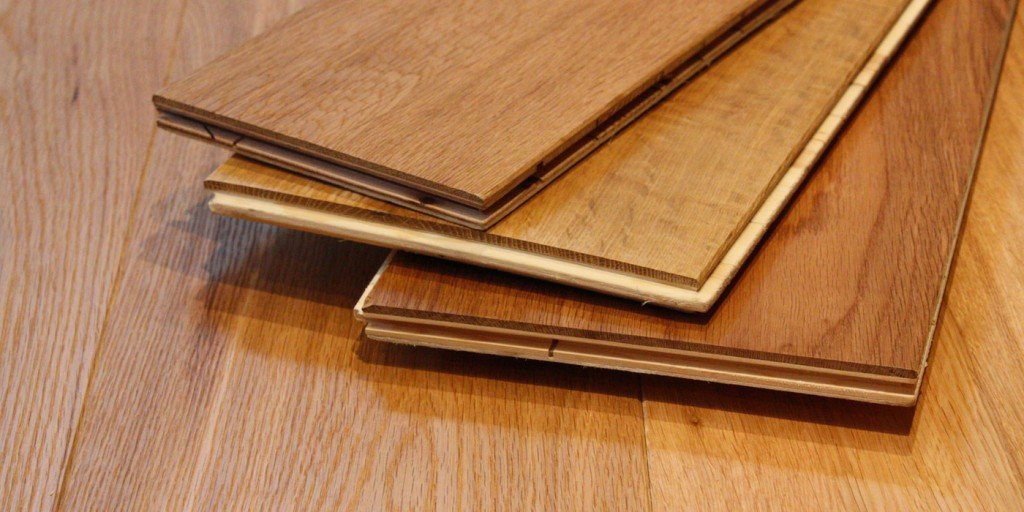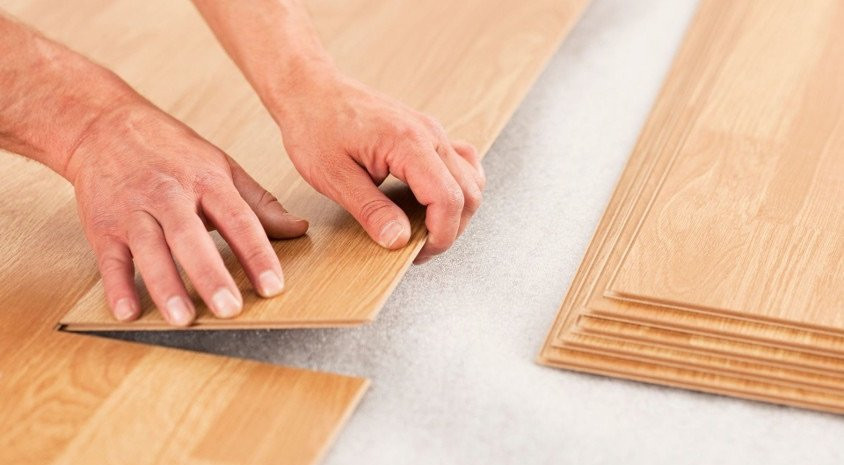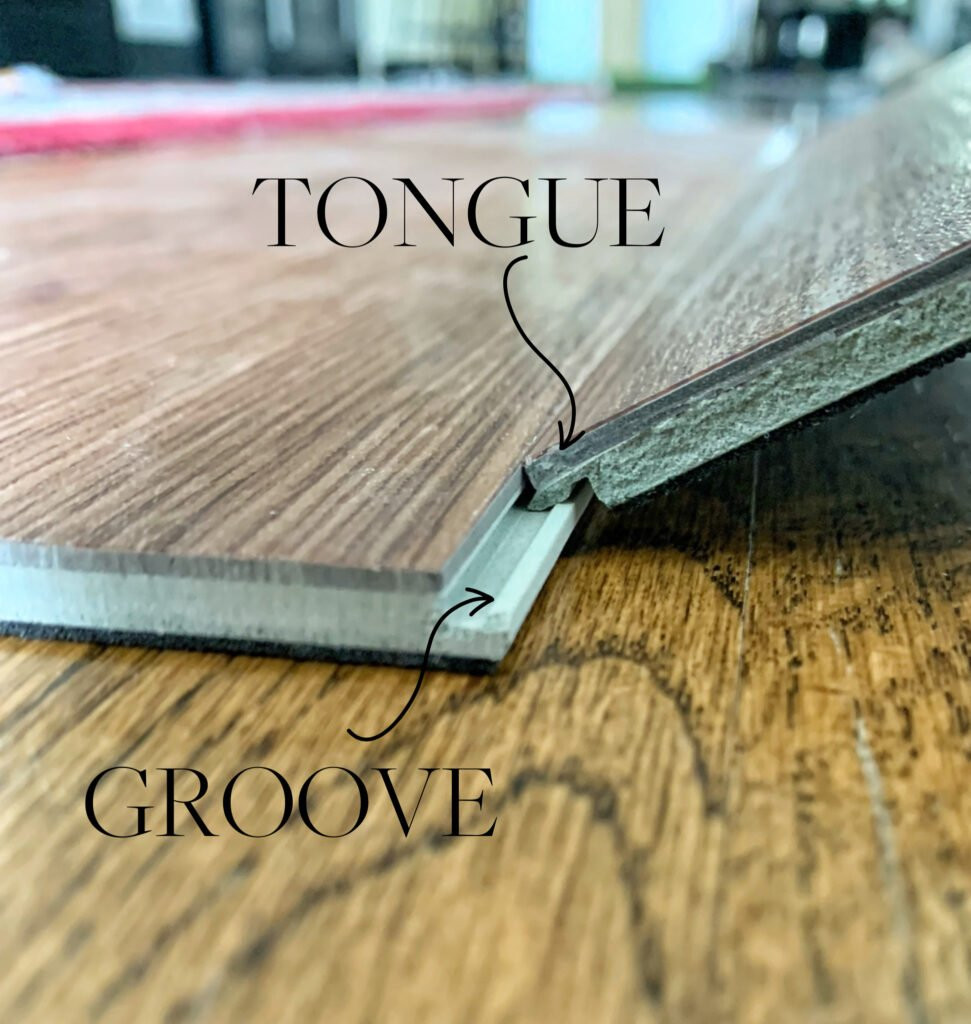What are Floating Floorboards:
The top 3 Floorboards which can be installed with the floating Method are:
Installation of Floating Timber Floorboards:
Pros and Cons of Loose Lay Floors:
Cost and Pricing of Floating Floors
The Future of Floating Floors:
Ready to transform your space with floating floorboards
Floating floorboards, to put it straightforwardly, are a type of hard flooring that has a simple, dependable installation mechanism. Floating floorboards are put over a subfloor and are held in place by gravity and friction; they are specially constructed to need little nailing or gluing.
Engineered Oak or Australian Floating Floors
Laminate Floating Floors
Hybrid Floating Floor
1. Engineered timber floors offer the elegance of real wood with enhanced durability, making them a popular choice.
2. Laminate floors provide affordability and versatility, mimicking the look of hardwood.
4. Hybrid floors have emerged as a remarkable solution in the flooring industry. These waterproof, scratch-resistant, and durable floorboards mimic the look and feel of hardwood flooring. Crafted from sturdy and waterproof planks, hybrid floorboards combine the best of vinyl and laminate floors, bringing together their respective advantages.
Understanding the features of each type will help you select the ideal floating timber floor that matches your aesthetic preferences and lifestyle needs.

The installation of a floating timber floor can be a straightforward process with the appropriate tools and techniques.
1. Prepare the subfloor: to begin ensure the subfloor is clean, level and free of moisture. Selecting a suitable underlayment for insulation and cushioning is also important. When you are ready to start the installation, choose a visually pleasing starting point such as a straight wall or the centre of the room.
2. Securely connect the floorboards: with the click-and-lock mechanism, it is important to follow the manufacturer's instructions carefully to ensure a tight fit and seamless appearance.
3. Precisely cut and fit the floorboards: around corners, obstacles and doorways use the appropriate tools, such as a jigsaw or circular saw, will ensure accurate measurements and smooth transitions. It is important to maintain proper expansion gaps to allow for temperature and humidity changes. these gaps should be left along the room's perimeter and near fixed objects.
4. Adding mouldings and trims: the finishing touches to complete your installation are transition mouldings and trims to cover the expansion gaps and create a polished look.
Following these steps and paying attention to the details will result in a professional-looking floating timber floor that enhances the beauty and functionality of your space.

It is important to consider the pros and cons of floating timber floors when making your flooring decision.
- Ease of Installation: can be installed without gluing or nailing.
- Versatility: can be installed over various subfloor types and provide a range of design options.
- Cost Efficiency: Floating floors can be more affordable per square meter than solid hardwood because they are often manufactured more quickly or sustainably.
- Limited refinishing options
- Expanding and Contraction: Fluctuations in weather may cause warping but adequate expansion gaps around the perimeter allow for the floorboards to expand and contract where needed.
- Produce noise if not installed properly
Carefully weighing the pros and cons will help you make an informed decision about whether floating timber floors are right for your needs and preferences.
When considering floating floorboards for your space, it's important to factor in the cost implications.
The overall cost will vary based on several factors, including the type of floorboards and the size of the area. Here are some estimated cost ranges to give you an idea: Mid-range Floating Floorboards Installation: For a typical installation in a living room, hallway, and kitchen, the cost can be around $2900. This price does not include old floor removal or subfloor levelling.
Types of Floating Floorboards and Their Starting Prices:
Engineered Oak or Australian Floating Floors Floors Starting price from $49 per square meter.
Laminate Floating Floors Starting price from $19.40 per square meter.
Hybrid Floating Floor Starting price from $29.60 per square meter.
Installation Costs Based on Profile Type:
Click System: If the floating floor profile has a click system, the installation process is easier and faster. The cost of installation is estimated to be around $25 per square meter.
Tongue and Groove: If the floating floorboards have a tongue and groove profile, the installation is slower, resulting in a higher labour cost of approximately $30 per square meter.
It's important to note that these cost estimates are average figures and may vary depending on factors such as location, supplier, and any additional services required. It's recommended to obtain detailed quotes from reputable suppliers and consult with professionals to get accurate cost estimates tailored to your specific project.

The flooring industry is experiencing exciting advancements and trends that are shaping the future of floating timber floors.
As technology evolves, wider plank options are becoming available, allowing for more visually striking installations that create a sense of openness.
Sustainability is also a significant focus for manufacturers of floating timber floors.
They are increasingly using eco-friendly production processes, responsibly sourced materials, and reducing waste. This aligns with the growing demand for environmentally conscious choices among consumers.
Innovative designs and finishes are also on the horizon.
Advancements in manufacturing techniques are introducing new textures, patterns, and finishes that mimic natural wood even more closely. This provides greater versatility and options for achieving unique and customized looks.
Additionally, floating timber floors are becoming more durable and resistant to wear and tear.
Manufacturers are investing in research and development to enhance the longevity of these floors, ensuring they can withstand heavy foot traffic and maintain their beauty for years to come.
With the increasing demand for floating timber floors,
it is clear that this flooring option will remain a popular choice for homeowners and designers alike. By staying informed about the latest trends and advancements, you can embrace the future of floating timber floors and create captivating spaces that stand the test of time.
Visit our showroom today to explore our wide selection of high-quality floating floor options. Our experienced team at CQ Flooring is dedicated to helping you find the perfect flooring solution that suits your style, budget, and requirements. Contact us now to schedule a consultation or request a quote. Let us elevate your space with the beauty and versatility of floating floorboards.
Get a FREE consultation immediately, Free on-site consultation and quote. No-obligation and Receive a callback within 24 hours.
